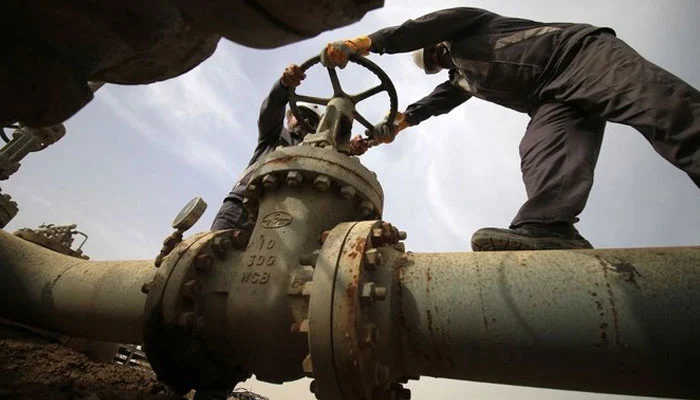- Govt decides to suspend gas supply to divert more LNG to power sector.
- To review decision after Eidul Azha.
- Official says gas supply to two sectors may be cut off in Sindh as well.
The supply of gas for the export and non-export sectors in Punjab has been cut off till July 9, The News reported.
The decision to suspend the gas supply has been taken to shift the flow of LNG supply towards the power sector so that more electricity could be generated to mitigate the intensity of hours long power outages currently affecting the entire country.
However, the government will review its decision after Eidul Azha.
In the month of July, the government will have only eight LNG cargoes against the demand of 12 cargoes, showing a deficit of 400mmcfd RLNG.
Pakistan LNG Limited (LNG) failed to obtain any LNG cargo from the international spot market in its three attempts. ENI has also defaulted on its LNG cargo, which had to be delivered on July 8. So the government is on a tightrope and has no space to accommodate the industrial sector, a senior official of the Petroleum Division said.
“It has also been decided to cut off gas supply to the export sector and non-export sector in Sindh for 24 hours from Monday onward as there is a shortage of gas supply in Sui Southern Gas Company system, owing to which the availability of gas has decreased, resulting in low pressure in the system.”
He said that if hydrogenation increases substantially by mid of July, then the government may find itself in a position to restore some gas supply to the export sector.
“The government has shut down the gas supply to captive power plants of export and non-export sector in Punjab,” Executive Director of All Pakistan Textile Mills Association (APTMA) Shahid Sattar confirmed to The News. He added that the textile industry was expecting a massive decline in exports in the month of July in the wake of the non-availability of gas.
According to the notification, the gas supply to the industrial sector, including captive Power Plants, has been closed down till July 9 and after Eidul Azha, the government will review its decision.
The government is facing the biggest challenge of loadshedding across the country. The coal-based power plants including Port Qasim, Sahiwal, and China HUB are not running at the full capacity because of the lower stock of coal. Port Qasim is producing 312 MW, Sahiwal 330 MW against their capacity of 1,320 MW each.
Likewise, the China HUB also has the capacity to generate 1,320 MW but is generating over 600 MW. The government on Thursday generated 20,774 MW against the demand of over 28,000 MW, showing an electricity shortfall of over 7,000 MW. “We have not enough money to purchase coal at $450 per ton. However, we are in talks with the Afghanistan government for purchasing coal under transaction based on Pak rupee.”

 Latest News2 days ago
Latest News2 days ago
 Latest News2 days ago
Latest News2 days ago
 Latest News2 days ago
Latest News2 days ago
 Latest News2 days ago
Latest News2 days ago
 Latest News2 days ago
Latest News2 days ago
 Latest News2 days ago
Latest News2 days ago
 Latest News2 days ago
Latest News2 days ago
 Latest News2 days ago
Latest News2 days ago






















